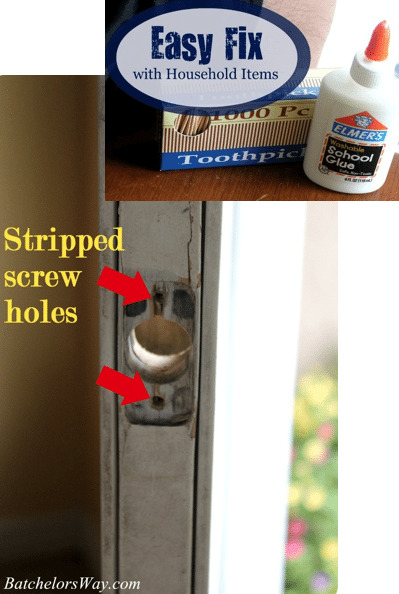Radon, the Other Odorless, Tasteless Killer Gas.
This is not my typical post but this is something I feel is very important so I’m on a soap box today!
We had to have a Radon Mitigation System installed after we moved in because the Radon levels were too high.
In talking to the installer, I realized that there is a huge “awareness gap” about Radon. Many people are unaware or misinformed about the dangers of Radon gas.
Myself included.
Honestly, I had never heard of Radon myself until we moved to IL 5 years ago. And I only learned about it then because part of the seller’s incentive package included “Radon Testing and Mitigation (if needed)”. So of course we tested. It was free! Our Radon results came back above maximum level set by the EPA (4 picocuries per liter…if you were curious) so we had the mitigation system installed.
And that was that!
We didn’t even bother to Google “Radon”, to find out more about it, and we never tested our home again.
almost 6 years later…
As part of our Home Inspection, we requested a Radon test.
(It’s not part of a typical inspection and you generally have to pay extra for it.)
But we had Radon in our last house so we knew it was “something”.
Our Realtor also gave us a flyer about Radon – and then we really knew it was SOMETHING.
I’ve done some further research and I’m a little shocked.
Here’s what I’ve learned:
Radon is the leading cause of lung cancer in non-smokers.
Radon is a radioactive gas that accumulates in homes, schools, offices, day care centers, etc.
*Not just in homes with basements. In fact, the EPA recommends that anyone living in the first 3 floors test their Radon levels.*
You cannot see, smell or taste it so you have no idea if it’s there without testing.
Testing is pretty easy and inexpensive.
If you have high levels and need to have a mitigation system installed costs a bit,
but it’s about the same as having a water softener explode or something like that.
And, it’s a lot more important in my opinion.
Now, I know that some people out there are frowning and furrowing their brow.
They might think that Radon Mitigation is just a “Racket”.
To each his own.
For me and mine, we happen to put some stock in “science and medicine” and take it seriously.
I hope you do too. I want all you peeps to be safe and sound.
This is not a sponsored post, it’s just something I think is important and wanted to share. Here are some links for your reading pleasure if you want to look into this in more detail.
Easy guide: EPA A Citizen’s Guide to Radon
Interesting: EPA’s Protecting People and Families from Radon: A federal action plan for saving lives.
Here is a very scientific report. It makes my eyes glaze over but it’s informative: EPA Assessment of Risk from Radon in Homes
I think by Monday I’ll be tearing out that Master closet so I promise to share something “Gritty” soon!
Have a great weekend.





Hi Deb. We had Radon in our IL home. The thing that is so important to understand is that Radon is everywhere! Every state, every country, every continent. It seeps up through cracks in the earth, where ever it can find a path out. Because of this, one house may have it and the house next door may not and levels are usually higher in the winter when the earth is cold and the ground “heaves”. We are going to test again now that it’s cold out to make sure our system is performing adequately. It’s not a deal breaker. It can easily be mitigated.
The mitigation process is simple. They drill a hole, insert a pipe that exhausts above your roof. The fan does run constantly but it is a very low powered fan and I can’t even hear it unless I put my ear practically ON the fan casing. There is a “liquid and bubble” device installed on the piping so you can make sure that the fan is enough pressure for the very reason that you can’t really hear it to know it’s on.
Hope that helps some. Good luck!
Sometimes life works in mysterious ways and I hope you see this response to an old post. I got to your blog today from Better After and have been skipping around reading here and there – and stopped when I saw the word Radon. We live in IL (Radon free, I THINK) but we are looking to move to western NC and just found out yesterday that Radon is commonly found in the counties of our search area in high concentrations. That information now has my husband re-thinking this move. I would love to know your experience with remediation. From what I understand (and I will certainly be researching this further) is that a type of exhaust system is installed in remediation. Does that mean there’s some kind of fan running 24/7??? I think that would drive me bonkers! Amazing how this particular subject has shown up in unrelated computer reading 2 days in a row – what a coincidence. Or not. Looking forward to digging into the rest of your blog – it looks like a treasure trove of info.